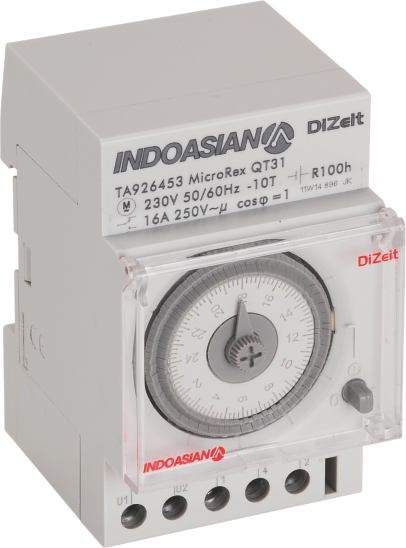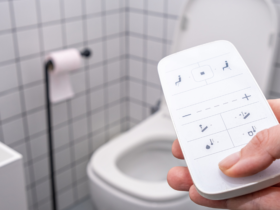A simple device automatically cycles electricity on and off at a given time is a timer switch. But that’s not all: timer switches can also be used to control the duration of an electrical current. Various scheduling options are available on a time switch, and several options can be selected.
What Is A Time Switch?
Electric time switches operate at predetermined intervals using a mechanical or electronic timer. These switches are utilised in various settings, including homes, businesses, gardens, schools, fountains, water pumps, irrigation systems, workplaces, indoor and outdoor lighting, HVAC systems, and more. These time switches provide yearly, weekly, and daily scheduling options.
What Is The Function Of A Timer Switch?
-
Mechanical Timer Switches
It is the simplest form of timer switch, and it goes by several names: mechanical timer, analogue timer switch, automated timer switch, and so on. Physical mechanisms like springs and gears determine the timing.
A mechanical timer switch, often an analogue timer, is a timepiece-like device that determines when electricity is activated and deactivated. This type of switch features a dial for setting the timer for the desired on/off duration in either hours or minutes.
Manually adjusting the on/off time of a mechanical or analogue timer switch is possible. However, this timer switch does not retain settings and must be manually changed each time.
-
Electronic Timer Switches
Electronic timer switches have an inbuilt clock and microprocessor to regulate the electrical current’s on and off times. The electric timer switch can be set to turn on and off at specific times throughout the day, week, or month.
The randomisation settings of the electronic timer turn on and off at different times each day to thwart intruders who could otherwise learn your routine. This Electric timer switch display simplifies viewing and programming the selected options.
-
Digital Timer Switch
A digital timer switch, or electrical timer switch, uses DC or AC electricity to function. A microcontroller is the brain of the device, and that’s because there are no moving or mechanical parts in it.
A digital timer switch has buttons on the face that you may use to adjust the timing easily. It facilitates the speedy modification of time intervals for routine daily operations.
The precision and adaptability of digital time switches are two of their main benefits. They have more functions because of the increased number of settings that allow for more precise timing adjustments.
Advantages
- It requires minimal technical skill to set up and operate.
- These time switches are rugged, trustworthy, and inexpensive.
- They provide a range of customisation choices and can be equipped with various sensors.
Conclusion
An automatic timer switch is a multipurpose tool that can regulate the power of various circuits in the house, business, or factory. Automatic timer switch provides ease of use, energy savings, and peace of mind by letting you schedule when lights, pumps, and air conditioning systems turn on and off. The best location to buy a timer switch with confidence is IndoAsian.











